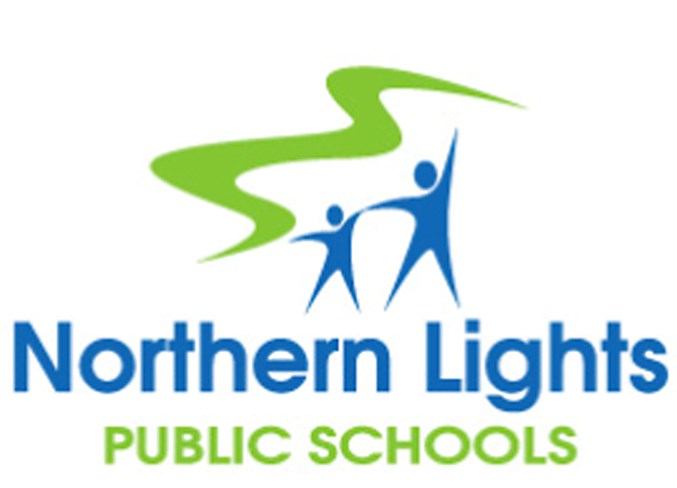Northern Lights Public Schools (NLPS) is giving their students a voice.
The Student Voice to the Board is a council made up of two youth from each high school within the division. Their goal is to better their schools by reaching out to students and discovering where there’s room for improvement.
According to Nicole Garner, communications officer for NLPS, the board of trustees poses a question to the council.
“The students go out and figure out how to get feedback from their peers in their schools, and they take the data and report back to the board on what the results were,” she added.
For board chair Arlene Hrynyk, giving students an opportunity to make change is vital.
“For too many years, we didn’t walk the talk in the way we wanted to. I’m so proud to see NLPS ensuring we get every voice as part of the decision that we have to grapple with as a board and a system.”
She explained how they’ve already seen change within the council themselves.
“Just the difference from the first gathering with these students to the second, the quality of how they’re drilling down into the questions in order to help inform us from a division level to do things better for students, or to celebrate the things that we’re doing well, is remarkable,” Hrynyk expressed.
In total, there are 12 students that make up the council.
Courtney Anderson and Sabrina Pricope are the Grade 9 youth representing Bonnyville Centralized High School.
They were both approached by their principal Corey Baker about the opportunity to join the Student Voice council, and jumped at the chance to make a difference in their school.
“For so long, if (the board) wanted to change they would go to the parents and to the teachers to see what they wanted. This is one of the most profound changes to see what the students actually need and would like to change. That really made a difference for me, and that surprised me,” expressed Anderson.
Pricope was surprised to learn that regardless of the students, the school, or the community, they’re all “struggling with different things that we’re trying to address with Student Voice.”
The fact that the schools are coming together for the cause was a strong message for both of these members.
During their presentation to the NLPS board of trustees on Tuesday, March 26, the Student Voice addressed the information the board had been looking for this time around.
Garner said the board had asked students to learn what schools are doing well to ensure they have a warm and caring environment, and to determine what could be done better.
In total, across all of the participating schools, they had over 400 responses to their student survey.
When asked how warm and caring students felt their schools were, 21.4 per cent gave it an eight out of 10.
The survey wanted respondents to explain how their school provides a warm and caring atmosphere.
“The number one answer, or the most common one referenced, was when staff say good morning to students as they get to the school, especially if they know all of the students names. That really makes the students feel there are people in the building that care about them and it creates a nice atmosphere for them,” noted Garner.
Those who filled out the survey felt that faculty taking the time to say hello to students, having more awareness for depression and mental illness, and decreasing stress were areas that could use improvement.
“The example they gave during the presentation was, ‘in a workplace with adults, if someone is annoying you or said something that got on your nerves, you can go take a coffee break and give yourself a couple of minutes to reset yourself, so is it possible for us to have that too?’” Garner detailed.
About 18 per cent of the students who completed the survey gave their school a seven out of 10 on inclusivity.
Hosting more events to bring students together, having more fun with teachers, spending more time on homework at school, helping students prepare for their future, and understanding those with mental health challenges were suggestions on improving this category.
In terms of how welcoming their schools are, more ranked theirs eight out of 10.
“Within the survey, we had more of our peers from different schools within the school division… it got different perspectives from across the Lakeland so we could get the best possible outcome and so we could change all of the schools for the better,” Anderson stated.
Pricope said, “I find it really interesting to see how different some schools are from ours. Even though we have the same policy, it’s nice to see that every school adapts to their students and puts different spins on things. Even though there are things that we’re trying to help the school board improve on, it’s really neat to see what some schools are doing and then take that back to our own school.”
Now, the board will take what the Student Voice council has presented and move forward from there, while the council will be getting ready to take part in a Student Voice conference next month.
This is where they will approach their final question: what can the school division do to prepare students for work, post-secondary education, and life after high school?



